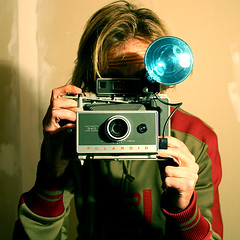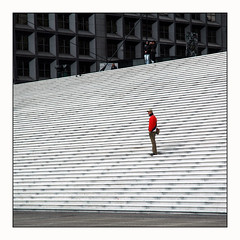To continue my previous ramblings on technological innovations and photography, Science News Online has an interesting article on computed photos and how this technological trend will affect photography in the future.
HDR is part of this trend obviously. Love it or hate it, HDR and future innovations are now a part of the photographic world. There’s a world of innovation waiting out there. There’s already plenty here that is too much for one photographer to master it all. Embrace what you love and enjoy the creations of others.
Computational photography, however, transforms the act of capturing the image. Some researchers use curved mirrors to distort their camera’s field of view. Others replace the camera lens with an array of thousands of microlenses or with a virtual lens that exists only in software. Some use what they call smart flashes to illuminate a scene with complex patterns of light, or set up domes containing hundreds of flashes to light a subject from many angles. The list goes on: three-dimensional apertures, multiple exposures, cameras stacked in arrays, and more.
In the hands of professional photographers and filmmakers, the creative potential of these technologies is tremendous. “I expect it to lead to new art forms,” says Marc Levoy, a professor of computer science at Stanford University. Read the rest of the article. . . .






